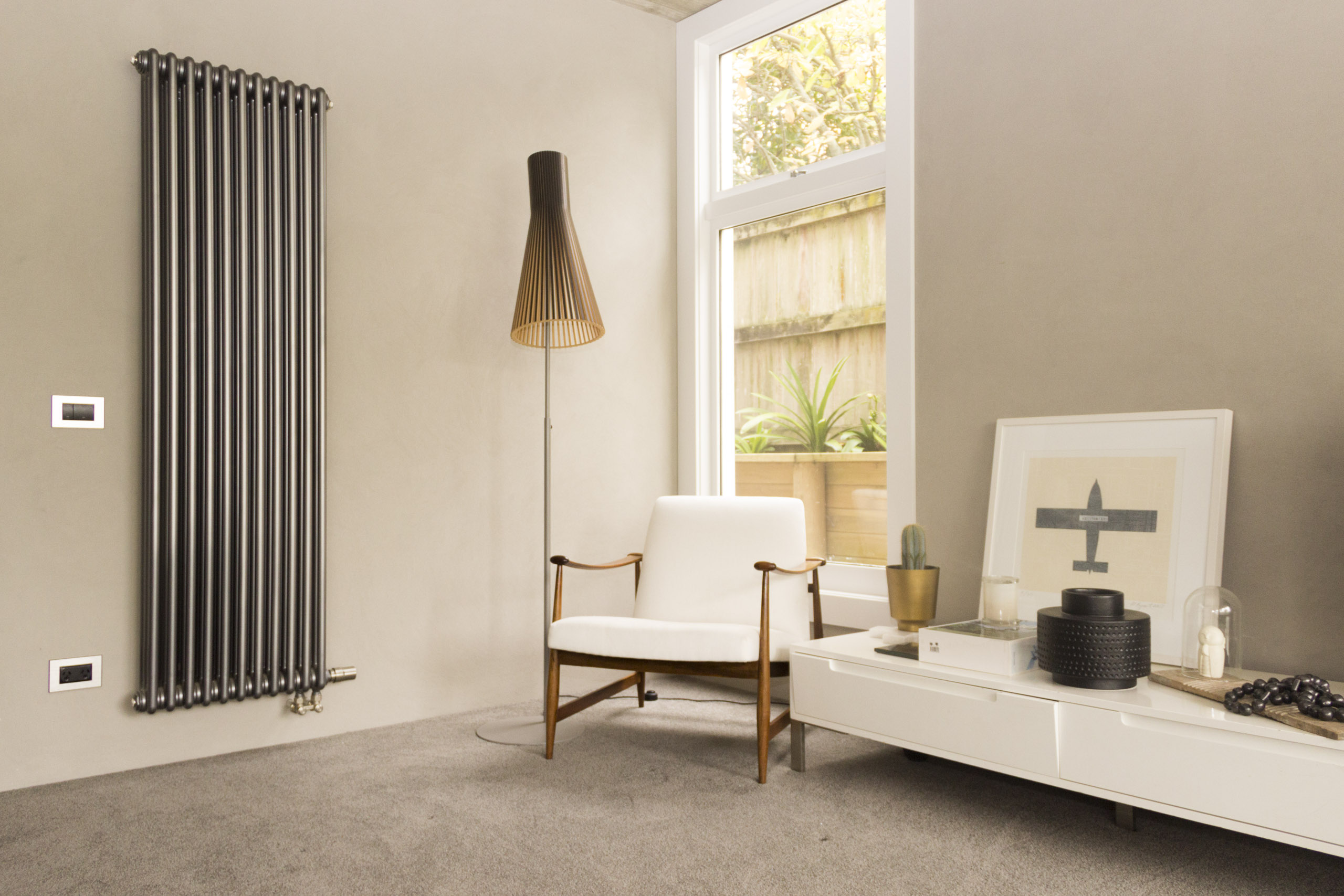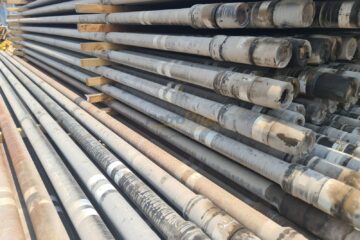Introduction
Home heating systems are essential for ensuring comfort and safety during the colder months. Whether you rely on a furnace, boiler, radiant floor heating, electric baseboard heating, or ductless heat pumps, proper maintenance and timely troubleshooting are crucial for optimal performance and longevity. This article provides detailed tips and strategies for maintaining and troubleshooting various types of home heating systems. By following these guidelines, homeowners can ensure their heating systems operate efficiently, reduce the risk of breakdowns, and potentially save on energy costs.
Ensuring your home heating system operates efficiently often requires professional assistance. Scheduling regular maintenance with reputable heating services in Denver, Colorado can prevent unexpected breakdowns and extend the life of your system.
Understanding the Importance of Maintenance
Regular maintenance of home heating systems is vital for several reasons:
- Efficiency: Well-maintained systems run more efficiently, using less energy to produce the same amount of heat.
- Longevity: Routine care can extend the life of your heating system, delaying the need for costly replacements.
- Safety: Regular inspections can identify potential hazards such as gas leaks or faulty wiring, reducing the risk of accidents.
- Comfort: Properly maintained systems provide consistent and reliable heating, ensuring your home stays warm and comfortable.
General Maintenance Tips for All Heating Systems
Schedule Annual Professional Inspections
Regardless of the type of heating system you have, scheduling an annual inspection with a qualified technician is essential. A professional can identify and address potential issues before they become serious problems, ensuring your system operates safely and efficiently.
Replace or Clean Filters Regularly
Filters in heating systems trap dust, dirt, and other particles, preventing them from circulating through your home. Over time, these filters can become clogged, reducing efficiency and potentially damaging the system. Replace or clean filters according to the manufacturer’s recommendations, typically every one to three months.
Keep Vents and Registers Clear
Ensure that vents and registers are free from obstructions such as furniture, rugs, or drapes. Blocked vents can restrict airflow, forcing your system to work harder and reducing its efficiency.
Monitor Thermostat Settings
Ensure your thermostat is set to the appropriate temperature and functioning correctly. Consider upgrading to a programmable thermostat, which can automatically adjust the temperature based on your schedule, reducing energy consumption.
Specific Maintenance Tips for Different Heating Systems
Furnaces
Inspect and Clean the Blower Motor
The blower motor in a furnace is responsible for circulating warm air throughout your home. Over time, dust and debris can accumulate on the motor, reducing its efficiency. Inspect and clean the blower motor regularly to ensure it operates smoothly.
Check the Flame Sensor
The flame sensor ensures that the gas valve opens only when the burner is lit. If the sensor is dirty or faulty, it can cause the furnace to shut down. Clean the flame sensor with a fine abrasive pad or replace it if necessary.
Lubricate Moving Parts
Furnaces have various moving parts that need regular lubrication to operate efficiently. Check the manufacturer’s guidelines for the appropriate type of lubricant and frequency of application.
Boilers
Monitor Pressure Levels
Boilers operate under pressure, and maintaining the correct pressure level is crucial for efficient operation. Check the pressure gauge regularly and adjust it according to the manufacturer’s recommendations. If the pressure is consistently too high or too low, contact a professional technician.
Bleed Radiators
Air can become trapped in the radiators, reducing their efficiency. Bleed the radiators regularly to release any trapped air and ensure even heating. Use a radiator key to open the valve and let the air escape until water starts to flow.
Inspect and Clean the Heat Exchanger
The heat exchanger in a boiler transfers heat from the combustion process to the water. Over time, soot and scale can build up on the heat exchanger, reducing its efficiency. Inspect and clean the heat exchanger regularly to maintain optimal performance.
Radiant Floor Heating
Check for Leaks
Radiant floor heating systems use a network of pipes or heating elements embedded in the floor. Regularly inspect the system for leaks, which can cause water damage and reduce efficiency. If you notice any damp spots or a drop in system pressure, contact a professional to locate and repair the leak.
Monitor the Thermostat
Ensure the thermostat for your radiant floor heating system is set correctly and functioning properly. Radiant floor heating systems are slow to respond to temperature changes, so avoid making frequent adjustments to the thermostat.
Maintain the Boiler or Heat Pump
If your radiant floor heating system is powered by a boiler or heat pump, follow the maintenance tips for those systems to ensure efficient operation.
Electric Baseboard Heating
Clean the Heaters
Dust and debris can accumulate on electric baseboard heaters, reducing their efficiency and potentially causing overheating. Clean the heaters regularly with a vacuum or a soft brush to remove any buildup.
Check Electrical Connections
Inspect the electrical connections to ensure they are secure and in good condition. Loose or corroded connections can cause the heaters to malfunction or pose a fire hazard.
Test the Thermostat
Ensure the thermostat controlling your electric baseboard heaters is functioning correctly. Replace the thermostat if it is not maintaining the desired temperature or showing other signs of malfunction.
Ductless Heat Pumps
Clean or Replace Filters
Ductless heat pumps have filters that need regular cleaning or replacement to maintain efficiency. Clean the filters according to the manufacturer’s recommendations, typically every one to three months.
Inspect the Outdoor Unit
Keep the outdoor unit free of debris such as leaves, grass, and dirt. Ensure that there is adequate airflow around the unit and that the coils are clean. Use a garden hose to gently wash the coils if they are dirty.
Check Refrigerant Levels
Low refrigerant levels can reduce the efficiency of your ductless heat pump and cause it to work harder. Have a professional technician check and replenish the refrigerant levels if necessary.
Troubleshooting Common Issues
Despite regular maintenance, heating systems can occasionally encounter problems. Here are some common issues and troubleshooting tips for each type of heating system:
Furnaces
Furnace Not Producing Heat
- Check the Thermostat: Ensure the thermostat is set to “heat” and the temperature is set higher than the current room temperature.
- Inspect the Power Supply: Make sure the furnace is receiving power. Check the circuit breaker and replace any blown fuses.
- Examine the Pilot Light or Ignition System: If your furnace has a pilot light, ensure it is lit. For electronic ignition systems, check for error codes and reset the system if necessary.
Furnace Cycling On and Off Frequently
- Check the Filter: A dirty filter can restrict airflow, causing the furnace to overheat and shut down. Replace the filter if it is dirty.
- Inspect the Blower Motor: Ensure the blower motor is clean and lubricated. A faulty blower motor can cause the furnace to cycle on and off.
- Examine the Thermostat: Ensure the thermostat is functioning correctly and not located in an area with temperature fluctuations.
Boilers
Boiler Not Producing Heat
- Check the Thermostat: Ensure the thermostat is set to “heat” and the temperature is set higher than the current room temperature.
- Inspect the Power Supply: Make sure the boiler is receiving power. Check the circuit breaker and replace any blown fuses.
- Examine the Pressure Gauge: Ensure the system pressure is within the recommended range. Adjust the pressure if necessary.
Uneven Heating
- Bleed the Radiators: Release any trapped air from the radiators to ensure even heating.
- Check the Circulating Pump: Ensure the circulating pump is functioning correctly and providing adequate water flow.
Radiant Floor Heating
Cold Spots on the Floor
- Check for Leaks: Inspect the system for any leaks that could be causing cold spots. Contact a professional to locate and repair any leaks.
- Monitor the Thermostat: Ensure the thermostat is set correctly and functioning properly.
Slow Response Time
- Avoid Frequent Adjustments: Radiant floor heating systems are slow to respond to temperature changes. Avoid making frequent adjustments to the thermostat.
- Check Insulation: Ensure the floor and the system are adequately insulated to reduce heat loss and improve response time.
Electric Baseboard Heating
Heater Not Producing Heat
- Check the Thermostat: Ensure the thermostat is set to the desired temperature and functioning correctly.
- Inspect the Power Supply: Make sure the heater is receiving power. Check the circuit breaker and replace any blown fuses.
- Examine the Heating Element: If the heater is still not producing heat, the heating element may be faulty and need replacement.
Uneven Heating
- Check for Obstructions: Ensure that the heater is not blocked by furniture, rugs, or drapes, which can restrict airflow.
- Clean the Heaters: Remove any dust and debris from the heaters to improve efficiency and heat distribution.
Ductless Heat Pumps
Heat Pump Not Producing Heat
- Check the Thermostat: Ensure the thermostat is set to “heat” and the temperature is set higher than the current room temperature.
- Inspect the Power Supply: Make sure the heat pump is receiving power. Check the circuit breaker and replace any blown fuses.
- Examine the Outdoor Unit: Ensure the outdoor unit is free of debris and the coils are clean.
Reduced Efficiency
- Clean or Replace Filters: Dirty filters can reduce the efficiency of your heat pump. Clean or replace the filters regularly.
- Check Refrigerant Levels: Low refrigerant levels can affect the efficiency of the heat pump. Have a professional technician check and replenish refrigerant levels if necessary.
Enhancing Energy Efficiency and Sustainability
Improving the energy efficiency and sustainability of your home heating system can reduce energy consumption and lower utility bills. Here are some tips to enhance efficiency:
Upgrade to a Programmable Thermostat
Programmable thermostats allow you to set specific temperatures for different times of the day, reducing energy consumption when heating is not needed. Some models also offer smart features, such as learning your schedule and adjusting the temperature automatically.
Improve Home Insulation
Proper insulation can significantly reduce heat loss and improve the efficiency of your heating system. Insulate walls, attics, and floors, and seal any gaps or cracks around windows and doors.
Regular Maintenance
Routine maintenance ensures your heating system operates at peak efficiency, reducing energy consumption and extending the system’s lifespan. Follow the maintenance tips outlined in this article to keep your system running smoothly.
Consider Renewable Energy Sources
Integrating renewable energy sources, such as solar panels, can power your heating system and reduce reliance on non-renewable energy. This can significantly lower your utility bills and reduce your environmental impact.
Conclusion
Maintaining and troubleshooting your home heating system is essential for ensuring comfort, efficiency, and safety. By following the maintenance tips and troubleshooting strategies outlined in this article, homeowners can keep their heating systems running smoothly and effectively. Regular professional inspections, proper care, and timely repairs can extend the life of your heating system, reduce energy consumption, and enhance overall performance. Additionally, adopting energy-efficient practices and integrating renewable energy sources can further improve the sustainability of your home heating system. With these guidelines, you can ensure your home remains warm and comfortable throughout the colder months.




